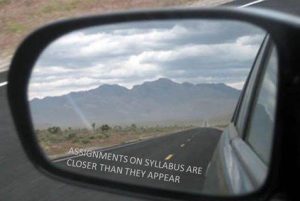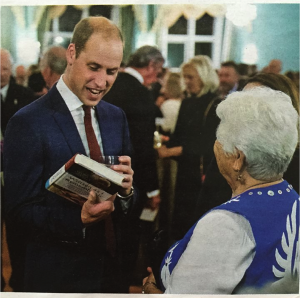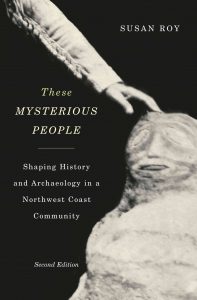Hi all,
Apologies for the delayed posting.
Here are questions from those of you who emailed yours to me.
from Nick:
For this week’s reading, I want to ask whether folks think The Clay We Are Made Of might be a viable example of how a non-Indigenous scholar might be able to consider viable ethical research frameworks based upon the fundamentals of what Susan Hill lays out. I find it pretty interesting that Roy and other Indigenous historians we have looked at this term offer extensive introductions that lay out the strengths and limits of their methods, sources, and cultural knowledge but some of the non-Indigenous scholars we have read, stop short of discussing the limits of their decolonizing lens, if they mention it all.
I wonder how we might consider Hill’s point that for the Haudenosaunee, “the belief that creation is a constantly occurring and reoccurring process rather than something that happened once in the long-ago past,” (Hill 17) might be a viable framework to look for elsewhere. That is not to say we try to find some totalizing notion of Indigenous time and past but rather if we can learn from scholars such as Hill to read between the lines and look for different frameworks and ways of knowing that might guide non-Indigenous scholars to ask better questions of sources. Coming back to my question around ethics, Hill’s conclusion lays out the groundwork for what considerations must be made if we are to move forward with any sort of effective reconciliation project, outlining the importance of land claims, education, and environmental responsibility. I wonder if we might use this as a framework for approaching non-Indigenous ethical scholarship?
from Vicki:
A theme that Hill revisits throughout The Clay We are Made of is that of continuity. She discusses the importance of continuity in showing Haudenosaunee connection to land, to understanding and working towards reconciliation, and also in bringing a more inclusive understanding to Haudenosaunee history overall. I feel as though she addresses continuity in two specific ways (1) by interweaving published sources, oral histories and origin stories together to create a coherent (and continuous) dialogue and history and (2) by highlighting the ways that this method of inquiry and discussion illustrates a Haudenosaunee history that is continuous and adaptive, instead of fragmented and disconnected.
We’ve touched on this concept of continuity before in several class discussions, but I feel like Hill wants to bring the discussion to another level. So, on the theme of continuity: What are the wider implications of Hill’s approach, both disciplinarily and for Haudenosaunee and Indigenous history in Canada overall? In what ways might it be subversive, and what might it subvert? How does the fact that Hill is framing these arguments in wider discussions about land occupation and rights relate to her claims about continuity? How might it also relate to ongoing discussions in Canada about land rights and claims?
 We have a full plate before us for our final class meeting. The texts by Coulthard and Pasternak intersect in significant ways and should provide for a rich conversation.
We have a full plate before us for our final class meeting. The texts by Coulthard and Pasternak intersect in significant ways and should provide for a rich conversation.

 with all of you. It adds to the diversity of examples of collaborative history we have had over these past few weeks. And look who else is reading it!
with all of you. It adds to the diversity of examples of collaborative history we have had over these past few weeks. And look who else is reading it! Leslie Robertson was approached by members of the Kwagu’l Gix̱sa̱m Clan to write a book about their ancestor, Jane Cook. This book offers a different configuration than Roy’s of the relationship between archival materials, disciplinary history, and community/family engagement.
Leslie Robertson was approached by members of the Kwagu’l Gix̱sa̱m Clan to write a book about their ancestor, Jane Cook. This book offers a different configuration than Roy’s of the relationship between archival materials, disciplinary history, and community/family engagement. This week, Susan Roy’s
This week, Susan Roy’s